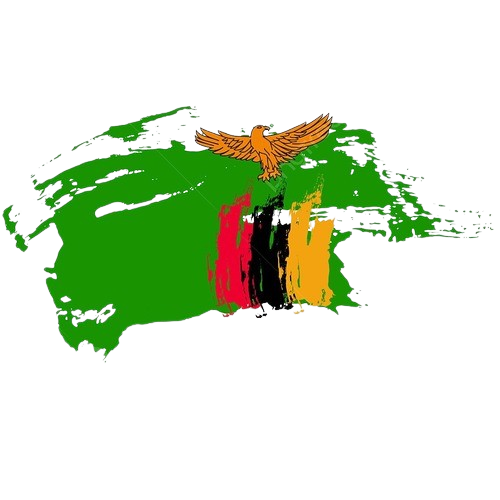Matplotlib.axes.Axes.set_snap() in Python

Matplotlib is a library in Python and it is numerical – mathematical extension for NumPy library. The Axes Class contains most of the figure elements: Axis, Tick, Line2D, Text, Polygon, etc., and sets the coordinate system. And the instances of Axes supports callbacks through a callbacks attribute.
matplotlib.axes.Axes.set_snap() Function
The Axes.set_snap() function in axes module of matplotlib library is used to set the snapping behavior.
Syntax: Axes.set_snap(self, snap)
Parameters: This method accepts only one parameters.
- snap: This parameter contains the boolean value or None.
Returns: This method does not return any value.
Below examples illustrate the matplotlib.axes.Axes.set_snap() function in matplotlib.axes:
Example 1:
# Implementation of matplotlib function import matplotlib.pyplot as plt from mpl_toolkits.axisartist.axislines import Subplot fig = plt.figure() ax = Subplot(fig, 111) fig.add_subplot(ax) ax.axis["left"].set_visible(False) ax.axis["top"].set_visible(False) ax.set_snap(True) fig.suptitle('matplotlib.axes.Axes.set_snap() \ function Example\n', fontweight ="bold") plt.show() |
Output:
Example-2:
# Implementation of matplotlib function import numpy as np import matplotlib.cm as cm import matplotlib.pyplot as plt import matplotlib.cbook as cbook from matplotlib.path import Path from matplotlib.patches import PathPatch delta = 0.025x = y = np.arange(-3.0, 3.0, delta) X, Y = np.meshgrid(x, y) Z1 = np.exp(-X**2 - Y**2) Z2 = np.exp(-(X - 1)**2 - (Y - 1)**2) Z = (Z1 - Z2) * 2 path = Path([[0, 1], [1, 0], [0, -1], [-1, 0], [0, 1]]) patch = PathPatch(path, facecolor ='none') fig, ax = plt.subplots() ax.add_patch(patch) im = ax.imshow(Z, interpolation ='bilinear', cmap = cm.gray, origin ='lower', extent =[-3, 3, -3, 3], clip_path = patch, clip_on = True) im.set_clip_path(patch) ax.set_snap(None) fig.suptitle('matplotlib.axes.Axes.set_snap() function\ Example', fontweight ="bold") plt.show() |
Output:






